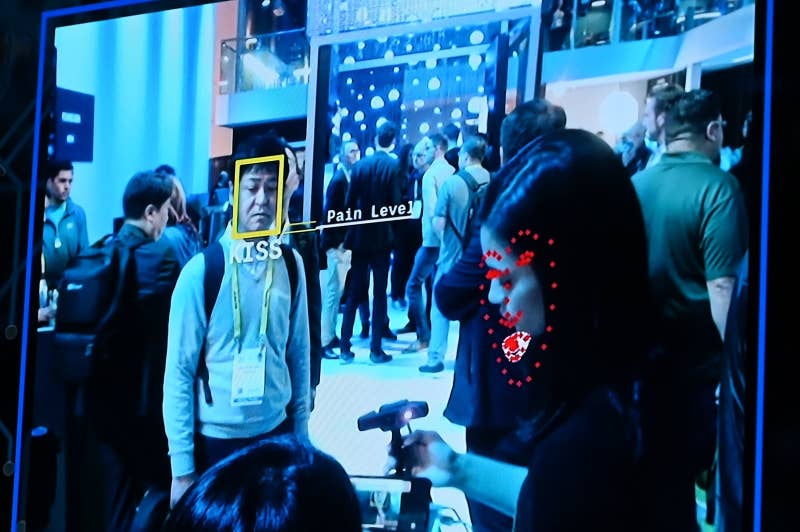In the United States there is a wide array of views regarding the rise of China as an economic and military power, and oftentimes there seems to be great concern with the thought that China may one day surpass the United States as the dominant world power. However, closer examination of the People’s Republic of China suggests that the country still has a long road ahead of it in its development. Many of these issues are born out of the fact that the Communist Party of China often stifles opportunities for entrepreneurship and encouraging wealthy Chinese people to invest back into their own communities. One of the biggest challenges that entrepreneurs and new businesses face in China is the fact that the Chinese government is very concerned with ensuring “internal societal stability”, and focusing a tremendous amount of its resources on surveillance and centralized control.
Two examples of this can be seen in the way that the Chinese government monitors internet activity, and recent efforts to implement a “social credit” system within the country. Furthermore, attempting to go into business with foreigners and with foreign companies is further complicated by the “51-49” Rule which mandates that a Chinese company or Chinese national must retain a minimum %51 majority share of the business. A consequence of these policies is the fact that many Chinese entrepreneurs are leaving the country and seeking opportunities in places in the United States and Europe. These policies also work to discourage foreign investment that is independent of working with the Chinese government. Additionally, the attitudes of wealthy Chinese people have become more negative and pessimistic about the future of Chinese economic growth as well as the government’s capacity to change. Many of China’s elite have been more outspoken about their reservations with the direction of the CCP’s policies and have even gone as far to suggest that China runs the risk of becoming like countries in central Asia where the government eats into the profits of businesses while ruling with an iron fist. Ultimately, only time will tell how the aforementioned policies will impact Chinese businesses and foreign investment, and whether or not the CCP will adapt their policies and become more accommodating.
Questions to consider:
- How can the United States learn from China’s mistakes? What types of policies discourage entrepreneurial momentum/undermine the confidence of investors and entrepreneurs?
- What drives the current attitudes in the United States about China’s growth and development?




